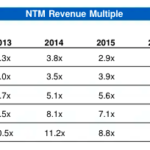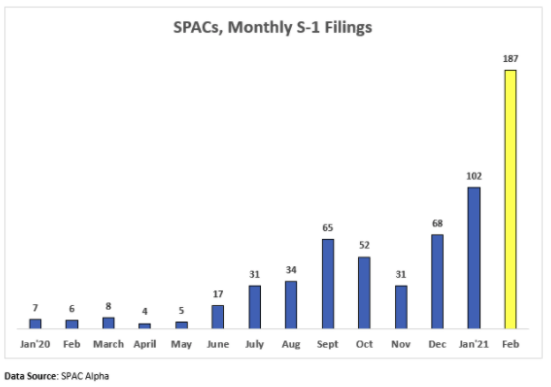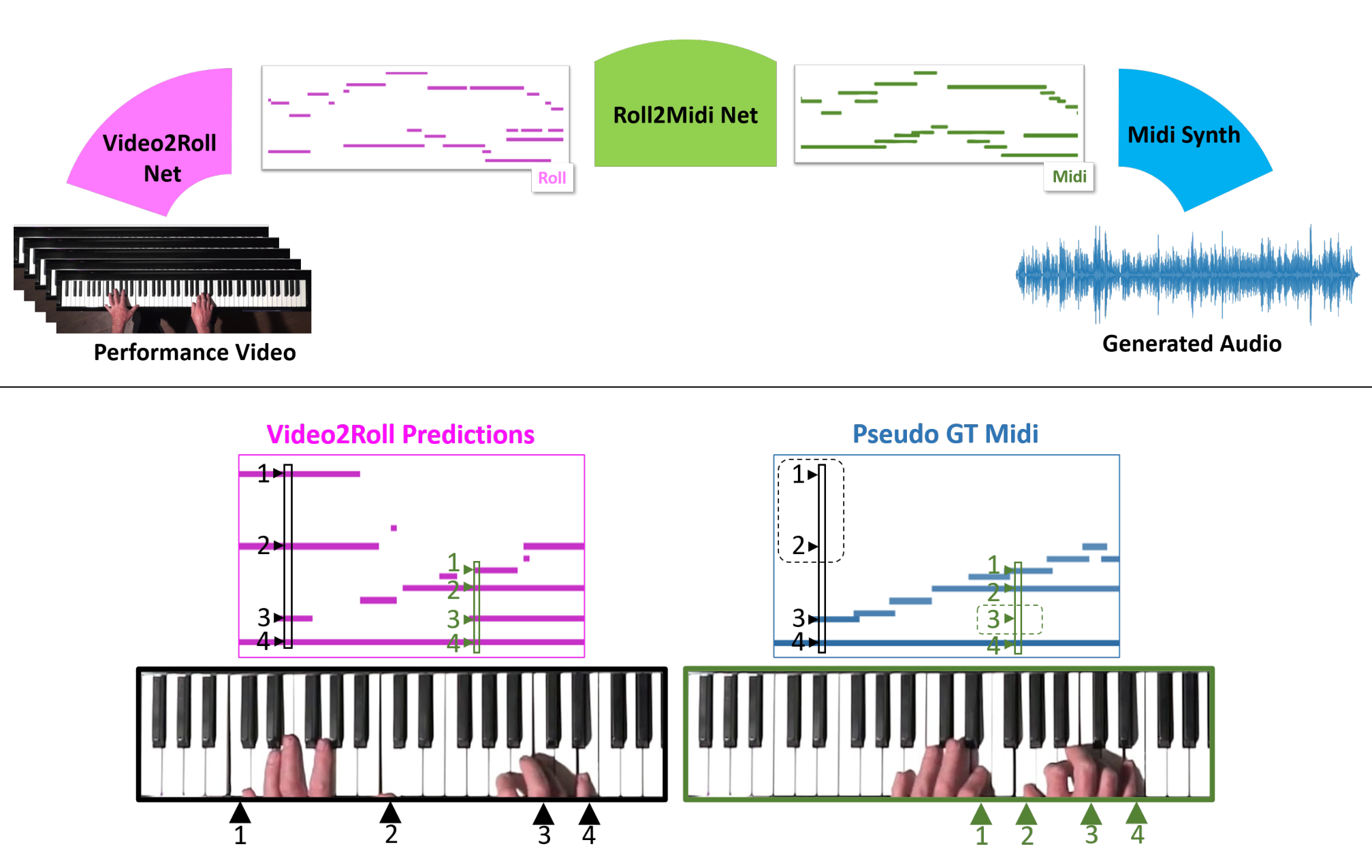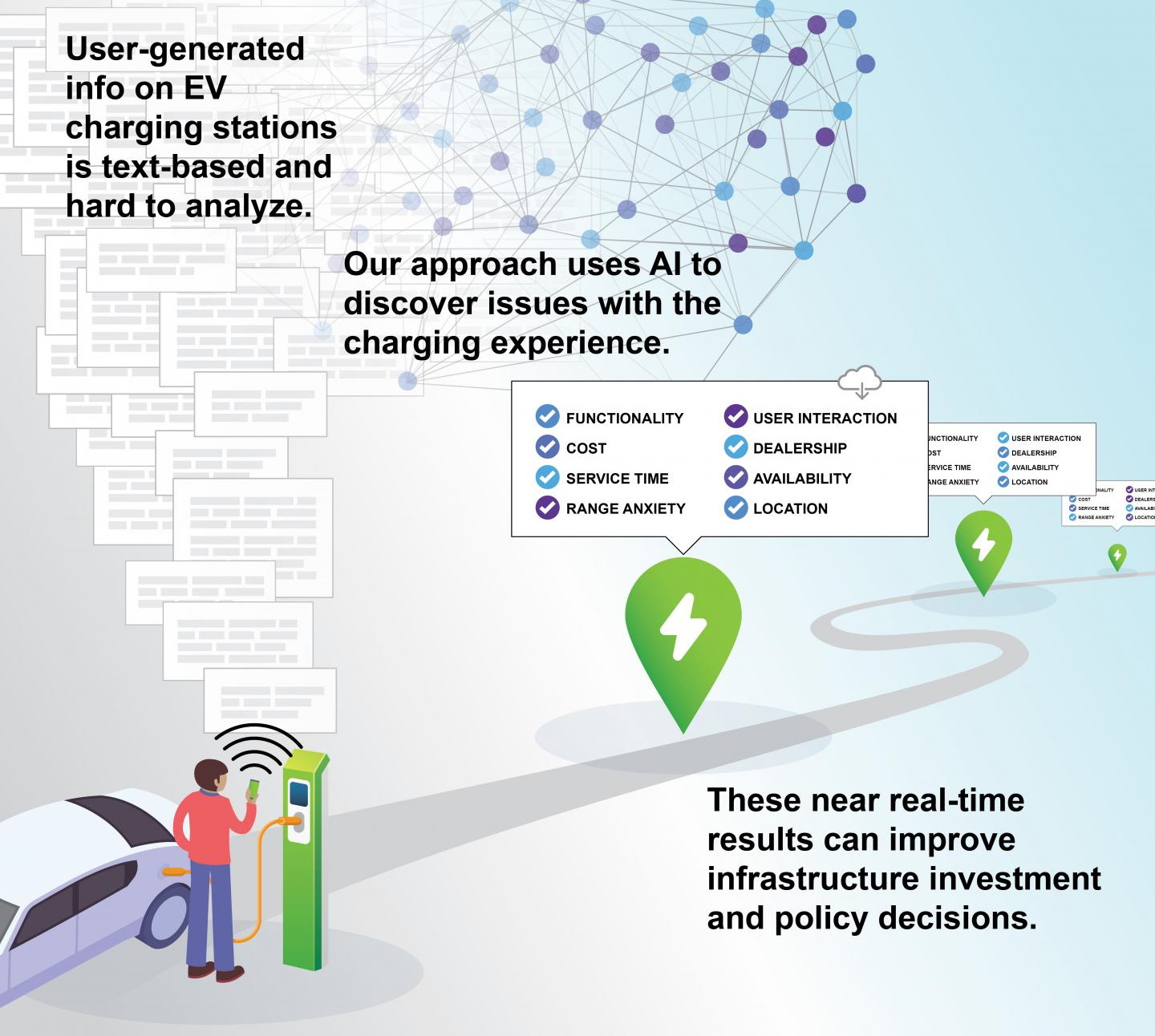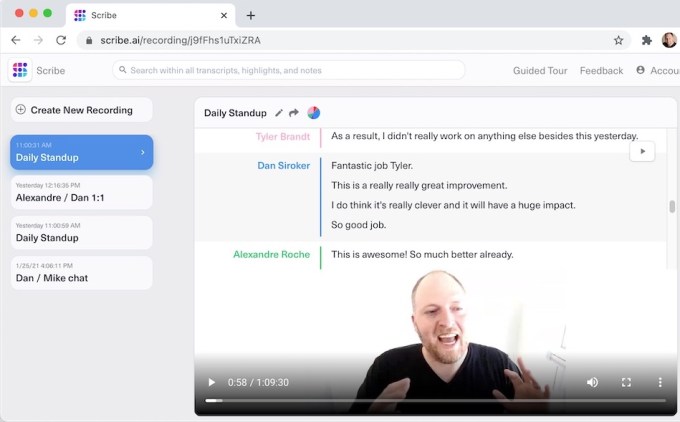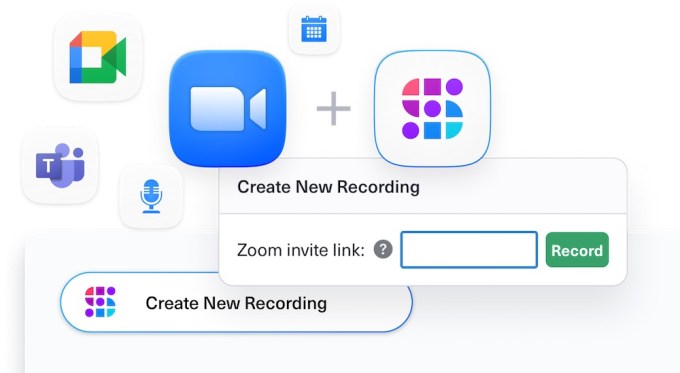Imaging has long been the primary battlefield on which the smartphone battles are waged. It makes sense. The thing about smartphones in 2021 is that they’re mostly very good. Sure, there are differentiators, but if you spend a decent amount on a device from any major manufacturer, you’re probably going to get a pretty good device.
But there’s still plenty of opportunity to continually bridge the gap between smartphone imaging and devoted camera systems. Today OnePlus takes a potentially key step in that direction by announcing a partnership with Hasselblad. The DJI-owned Swedish camera maker has signed onto a three-year partnership with OnePlus.
According to a release tied to the news, the pair plan to spend $150 million over the course of the deal, in an attempt to vault OnePlus to the front of the pack. Hasselblad has dipped its toes in the mobile market, including a Moto Z attachment, and has created cameras for DJI drones, but this represents a pretty big move for the 180-year-old camera company.
The first fruits of the partnership will arrive on the OnePlus 9, a new handset set to launch on March 23. The companies promise a “revamped camera system.” The phone will feature a Sony IMX789 sensor, coupled with HDR video and the ability to capture 4K at 120 FPS and 8K at 30 FPS.
Per the release:
The partnership will continuously develop over the next three years, starting with software improvements including color tuning and sensor calibration, and extending to more dimensions in the future. The two parties will jointly define the technology standards of the mobile camera experience and develop innovative imaging technologies, continuing to improve the Hasselblad Camera for Mobile. Both companies are committed to delivering immediate benefit for OnePlus users, while continuously collaborating to further improve the user experience and quality for the long term.
The deal includes the development of four global labs, including U.S. and Japan locations and:
Pioneering new areas of smartphone imaging technology for future OnePlus camera systems, such as a panoramic camera with a 140-degree field of view, T-lens technology for lightning-fast focus in the front-facing camera, and a freeform lens — to be first introduced on the OnePlus 9 Series — that practically eliminates edge distortion in ultrawide photos.
It will be interesting to see how a company like Hasselblad will take to mobile imaging, though such a deal could be a secret weapon as OnePlus looks to keep on the flagship end of the mobile spectrum against the likes of Apple and Samsung.
Early Stage is the premier ‘how-to’ event for startup entrepreneurs and investors. You’ll hear firsthand how some of the most successful founders and VCs build their businesses, raise money and manage their portfolios. We’ll cover every aspect of company building: Fundraising, recruiting, sales, product-market fit, PR, marketing and brand building. Each session also has audience participation built in – there’s ample time included for audience questions and discussion.
Powered by WPeMatico
